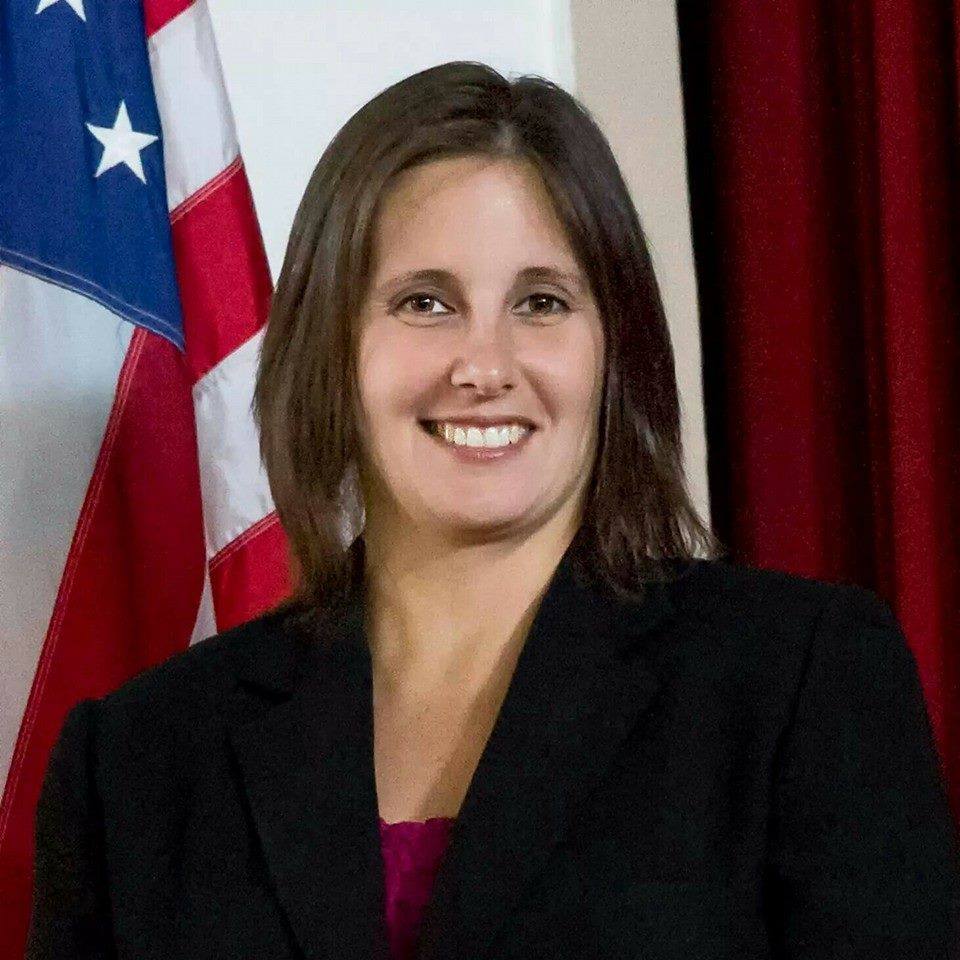Advertisement
Treatment Is Good, Prevention Is Better: How Best To Keep Our Kids Off Drugs

When it comes to drug addiction, it is the worst of times. Opiate overdoses took the lives of more than 1,000 people in Massachusetts last year. On Thursday, a historic law that will give immediate access to those seeking treatment for opiate addiction took effect. Better access to treatment is important, but it is not enough. We also need to stem the tide of addiction by preventing or reducing drug and alcohol use by teens — a critical step to ending the opiate epidemic and averting other consequences.
On Thursday, a historic law that will give immediate access to those seeking treatment for opiate addiction took effect. Better access to treatment is important, but it is not enough.
Teens are better off without drugs and alcohol for a multitude of reasons. Teens’ brains are still developing, making them more vulnerable to alcohol and other drugs. Kids who start drinking alcohol before age 15 are four times more likely to develop an addiction than those who begin after their 21st birthday. Compared to adults, teens are also more susceptible to the more common tolls of substance use: car crashes and other injuries, sexual assault and suicide, worsening underlying medical conditions and school failure.
When it comes to the rate of teen substance use, it is, paradoxically, the best of times. Fewer and fewer young people are getting into big trouble with drugs. Nationally, the proportion of high school students using them is at an all-time low. In 2016, nearly one in four students will graduate high school without ever having tried alcohol, marijuana or tobacco — a remarkable success compared to the 1970’s, when only 2 percent of high school students could make that claim. Over the last 12 years, the drop has occurred in tandem with an enormous public health push to get medical professionals, such as pediatricians, primary care physicians and nurses, to deliver personalized substance use prevention messages to their patients during routine care and emergency room visits. That program is known as Screening, Brief Intervention, and Referral to Treatment, or SBIRT.
The Massachusetts Legislature is now considering a bill that calls for schools to offer SBIRT to all public school students in grades 7 and 10. School nurses are on board; according to a 2014 survey by Boston Children’s Hospital that has not yet been published, 80 percent of school nurses working in middle and high schools thought schools should offer SBIRT. The school districts in Gloucester, Hadley, Hudson, Natick, North Andover, Northampton and Wilmington have already added SBIRT to their list of health screenings, alongside hearing and vision tests. The program is considered a way to support students in making healthy decisions.
We agree with recent statements by the governor and speaker of the House stressing that students should not be subjected to mandatory drug testing in school. SBIRT does not include drug tests but relies on students' confidential disclosures. With their school nurse -- or with another Department of Public Health-approved member of the school health team -- students answer a short, well-researched set of questions about substance use. School nurses provide individualized feedback based on a student's responses. SBIRT is non-invasive, and students’ answers are strictly confidential; they are not shared with teachers or made available for disciplinary action. SBIRT is not about getting kids in trouble, it is about giving them good advice or getting them help if they need it.
Screening questions allow the school nurse to determine a teen’s level of experience, from “never tried” to severe substance use disorder, and everything in between. Follow-up conversations are personalized: Non-users get prevention education, “dabblers” receive personalized cessation advice, and regular users can be counseled by the same school staff approved to conduct SBIRT. Those determined to have more severe problems can be helped to find treatment, a daunting prospect for an addicted teen.
Advertisement
SBIRT is not about getting kids in trouble, it is about giving them good advice or getting them help if they need it.
Research shows that brief interventions to reduce risky alcohol use by adults save about $6 for every $1 spent on future health care costs. Alcohol and other drug use account for the vast majority of life-years lost due to disease, disability and premature death among those aged 15-24. For that reason, the savings may be even greater for teens — not just in terms of dollars, but also in terms of lives saved.
Perhaps the best reason to provide universal screening and brief intervention in schools is because so many teenagers are looking for accurate information about alcohol and drugs. They want to discuss substance use with a health care professional. SBIRT is one way to help ensure that every young person has such an opportunity.

This article was co-authored by Jennifer Flanagan, a Massachusetts state senator representing the Worcester & Middlesex district. She chairs the Senate Committee for Opioid Addiction, Treatment and Recovery Options.